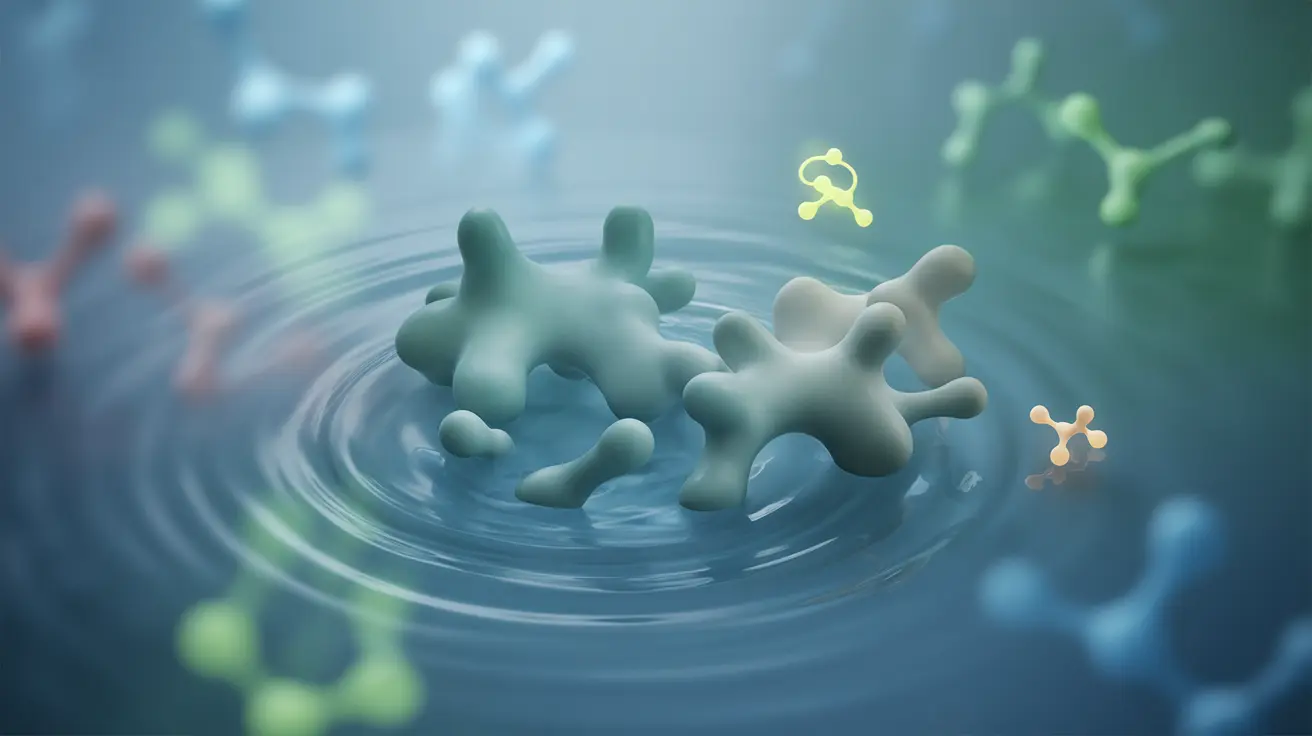Water is often described as tasteless, yet many people can detect subtle differences in flavor between various water sources. Understanding what water actually tastes like involves exploring both the science of taste perception and the chemical composition of different water sources. This fascinating intersection of biology and chemistry helps explain why your favorite bottled water might taste different from tap water or why water can sometimes have unexpected flavors.
The Basic Taste of Pure Water
Contrary to popular belief, pure water does have a distinct taste, though it's subtle. Scientists have discovered specific taste receptors on our tongues that respond to water, suggesting that our bodies have evolved to detect and process water's unique characteristics. These receptors work alongside other taste mechanisms to create what we perceive as water's flavor profile.
Mineral Content and Water Taste
The most significant factor affecting water's taste is its mineral content. Different minerals contribute distinct flavor profiles:
- Calcium: Creates a slightly chalky, smooth taste
- Magnesium: Adds a mild sweetness
- Sodium: Produces a salty flavor
- Bicarbonates: Contribute to a slightly alkaline taste
The specific combination and concentration of these minerals create what water experts call the water's "fingerprint" – its unique taste signature.
Environmental Factors Affecting Water Taste
Source Water Differences
The origin of water significantly impacts its taste. Spring water typically contains natural minerals that create a fresh, crisp taste. Groundwater may have higher mineral content, while rainwater often has fewer dissolved solids, resulting in a "lighter" taste.
Treatment Methods
Water treatment processes can alter taste:
- Chlorination: Adds a distinct chemical taste
- Filtration: Can remove both harmful contaminants and taste-affecting minerals
- UV treatment: Generally doesn't affect taste
- Reverse osmosis: Creates very pure water that some find "flat" tasting
The Role of Temperature
Temperature significantly affects how we perceive water's taste. Cold water typically tastes more refreshing because lower temperatures reduce our ability to detect various compounds, while room-temperature water allows us to taste more subtle flavor notes.
Biological Purpose of Water Taste
Our ability to taste water serves an important evolutionary purpose. The taste helps us:
- Identify safe drinking water
- Maintain proper hydration
- Detect potentially harmful contaminants
- Regulate fluid balance in the body
Frequently Asked Questions
What does water taste like and why do people perceive different flavors in water?
Water's taste varies based on its mineral content and chemical composition. People perceive different flavors due to variations in their taste receptors and the presence of dissolved minerals and gases in the water. While pure H2O is technically tasteless, what we consider "water taste" comes from these dissolved substances.
How do minerals and the water source affect the taste of drinking water?
Minerals like calcium, magnesium, and sodium create distinct taste profiles in water. The source (spring, well, or municipal supply) determines the natural mineral content and other compounds present, directly affecting taste. For example, spring water often has a crisp taste due to its natural mineral content.
Why does water sometimes taste sour, sweet, salty, or metallic?
These taste variations typically result from dissolved minerals or contaminants. Metallic tastes often come from iron or copper pipes, salty tastes from sodium content, sour tastes from acidic pH levels, and sweet tastes from certain dissolved minerals like calcium or magnesium.
Can the taste of water influence how much water a person drinks?
Yes, water taste significantly affects consumption patterns. People are more likely to drink adequate amounts of water when they find its taste pleasant. Unpleasant tastes can discourage proper hydration, which is why many people have strong preferences for particular water sources or brands.
How does the body biologically detect the taste of water and what is its survival purpose?
The body has specific taste receptors that respond to water molecules and dissolved contents. This ability evolved as a survival mechanism to help humans identify safe drinking water sources and maintain proper hydration. The taste response also helps regulate fluid intake and avoid contaminated water sources.




